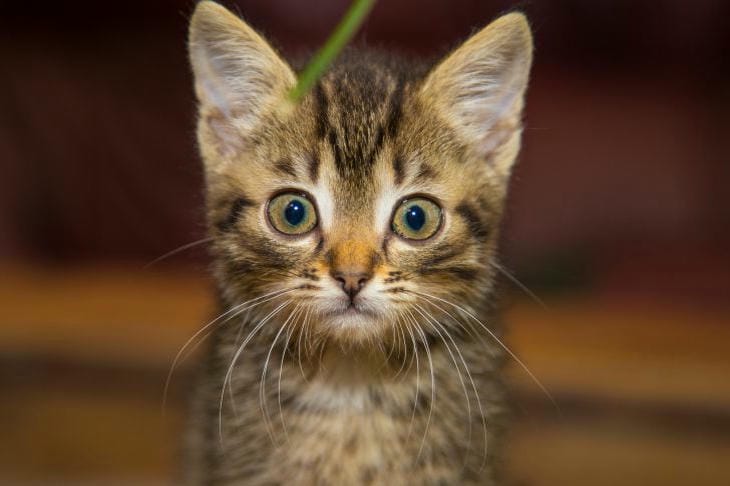Why Cats Can't Climb Down from Trees: A Mysterious Peculiarity
Many cat owners have encountered a situation when their pet climbed a tree and could not get down on its own.
This behavioral feature of cats raises many questions among animal lovers and experts.
Anatomical features of cat paws
The structure of a cat's paws is a unique mechanism created by nature for efficient upward movement.
The animals' claws are curved in such a way that they can easily dig into the bark of a tree when moving upward.
However, this arrangement of the claws makes the descent much more difficult, since they cannot serve as a reliable support when moving head down.

Natural instincts and behavior
Cats have an evolutionary instinct to climb. In the wild, domestic cats' ancestors climbed trees to hunt and hide from predators.
They descended mainly by jumping from branch to branch or to the ground from a small height.
Psychological aspect of the problem
Fear of heights becomes a determining factor when a cat finds itself at a significant distance from the ground.
The animal may become paralyzed, unable to move up or down. Panic increases disorientation, making the descent even more problematic.
Features of vision and perception
A cat's vision is adapted to finding prey on the ground, so judging distances when looking down can be difficult.
When at a height, the animal cannot accurately estimate the distance to the ground, which increases uncertainty and fear.
